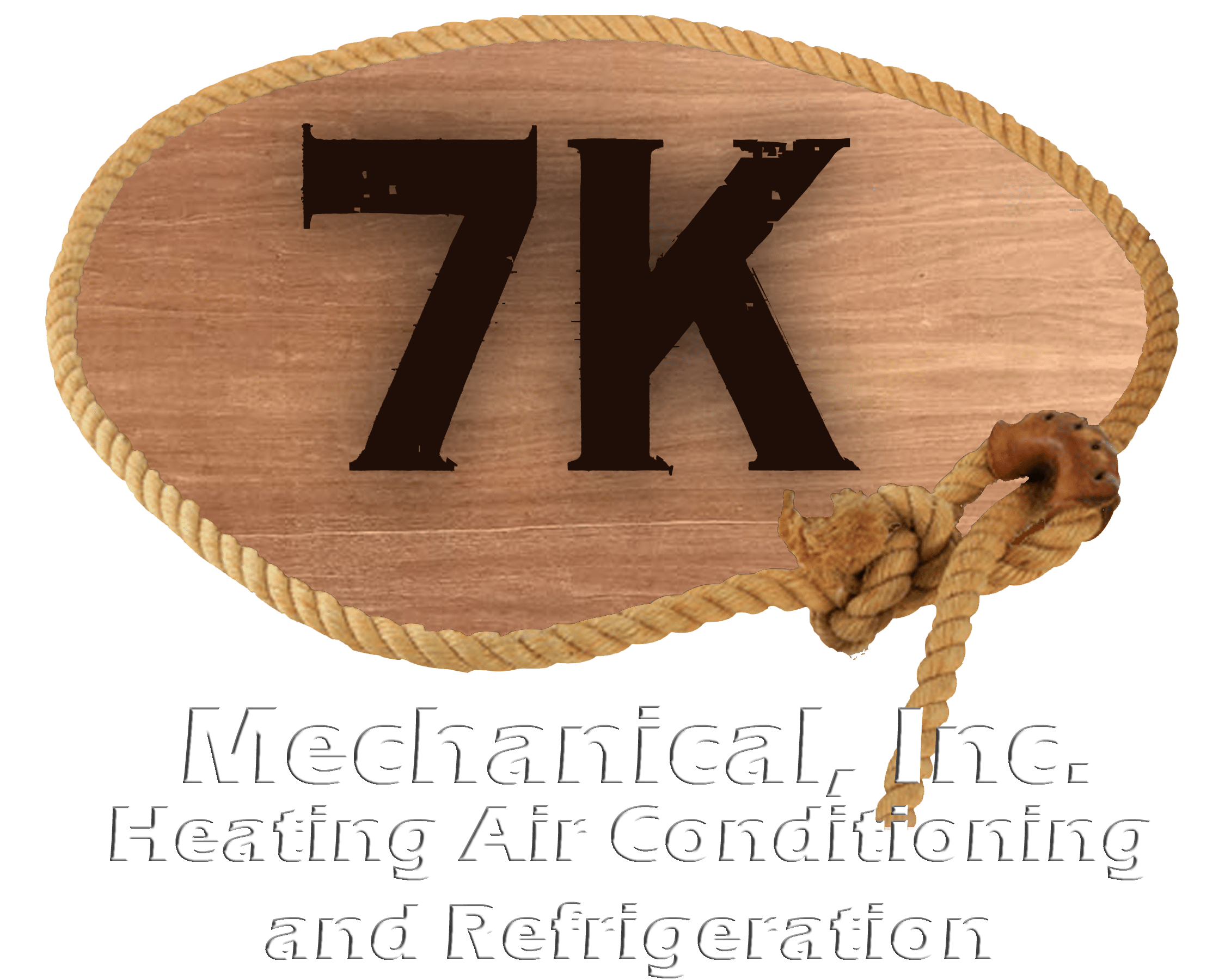Have you ever wondered how your trusty air conditioner manages to keep your home cool and comfortable on a hot summer day? In this blog post, we’ll unravel the magic behind air conditioning and explain it in simple, easy-to-understand terms. At its core, the cooling effect of an air conditioner relies on a clever trick involving a special fluid called refrigerant and a process of changing its state repeatedly. Let’s dive in and explore how this fascinating cooling system works.
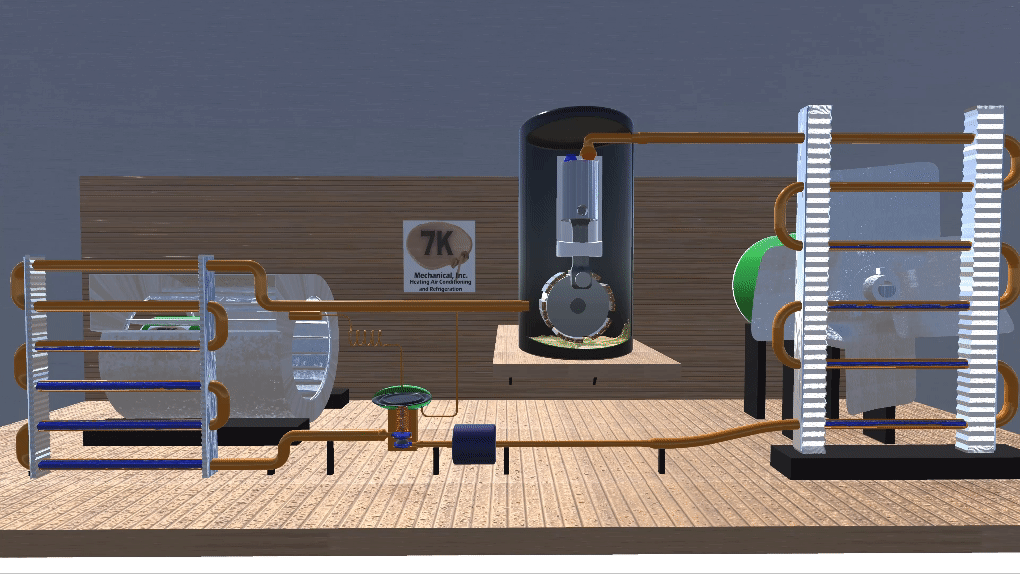
The Role of Refrigerant
At the core of every air conditioner is a special substance known as refrigerant. This fluid is chosen for its unique ability to easily change from a liquid to a gas and back again at relatively low temperatures. Commonly used refrigerants include R-22, R-410A, and like R-32 and R-290.
The Key Players: Compressor, Condenser, Expansion Valve, and Evaporator
To understand how an air conditioner works, we need to introduce you to its four key components: the compressor, condenser, expansion valve, and evaporator.
1. Compressor: The compressor is like the heart of the system, located in the outdoor unit of your air conditioner. It plays a crucial role in the cooling process. The compressor sucks in low-pressure, low-temperature gas refrigerant and then compresses it, increasing both its pressure and temperature.
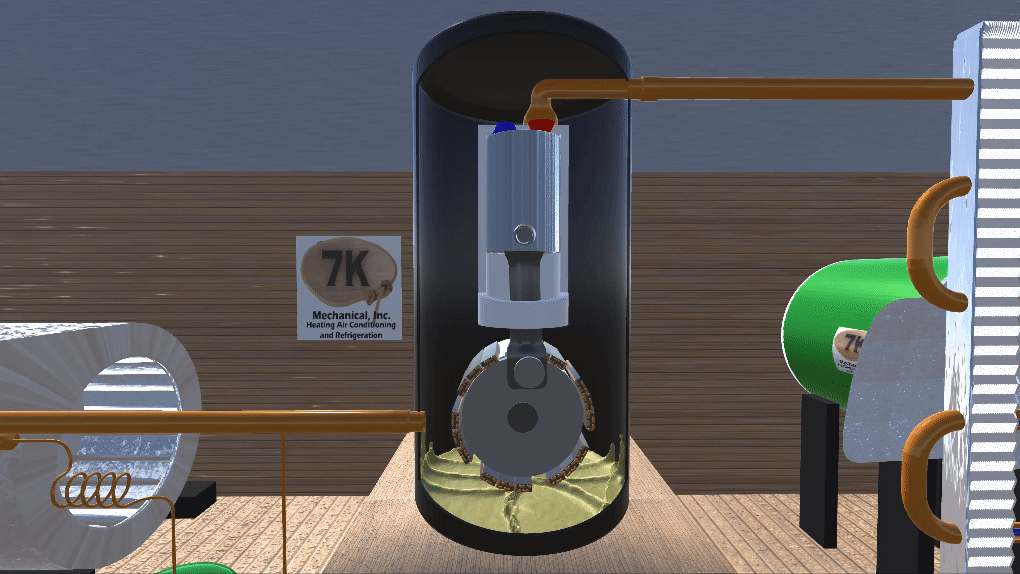
2. Condenser: After leaving the compressor, the refrigerant, now in a high-pressure, high-temperature gas form, flows into the condenser coil, which is also located outside your home. Here, the refrigerant releases the heat it absorbed from your room, causing it to condense and change back into a high-pressure liquid. This is where the “magic” happens – heat from inside your home is pushed outside, making your room cooler.
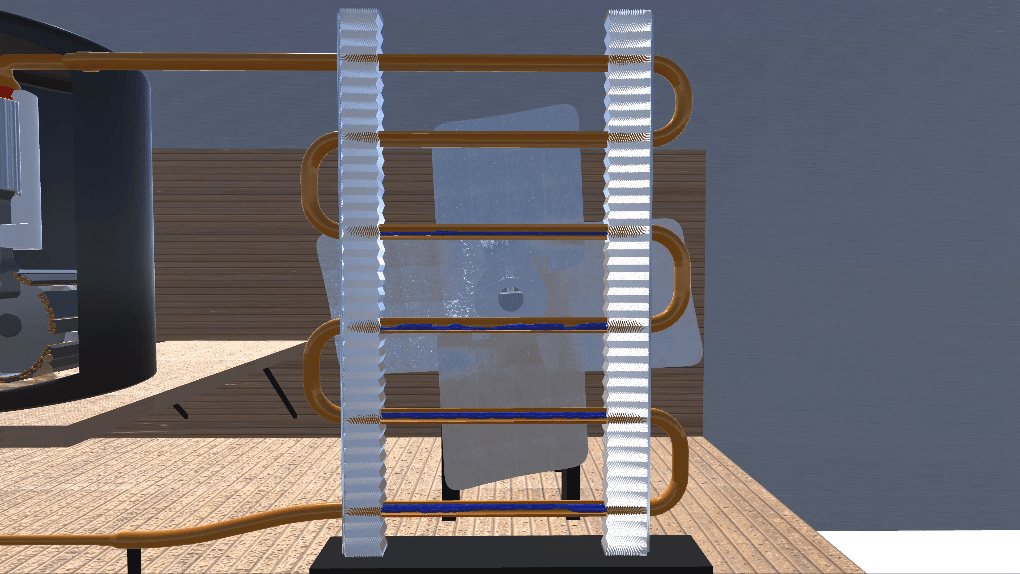
3. Expansion Valve: The high-pressure liquid refrigerant then passes through an expansion valve, where its pressure is drastically reduced. This sudden drop in pressure causes the refrigerant to cool down significantly and turn back into a low-pressure gas, getting it ready for the next stage.
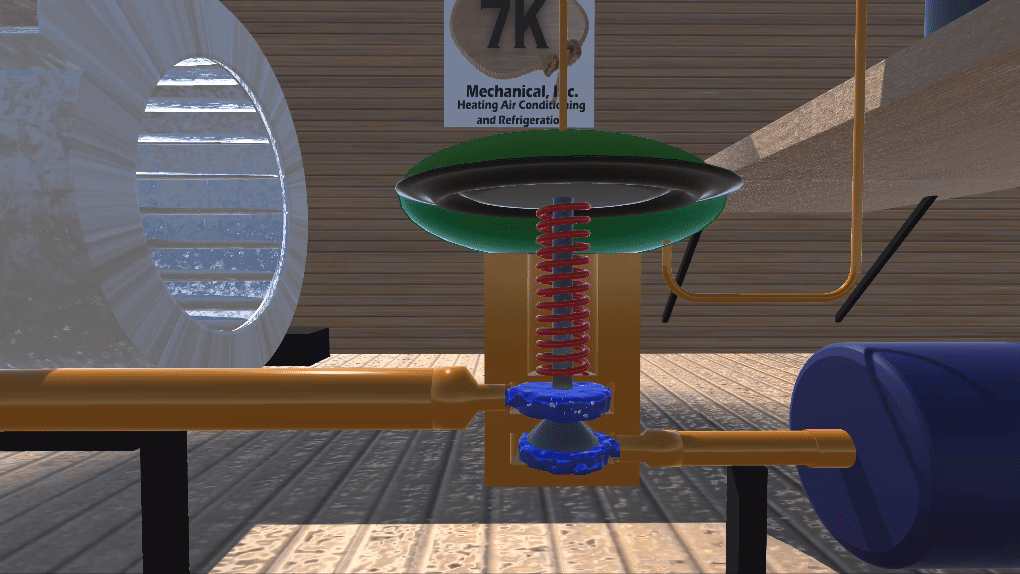
4. Evaporator: The low-pressure, low-temperature gas from the expansion valve is now sent to the evaporator, which is the indoor unit of your air conditioner, typically located inside your home. The evaporator contains a coil filled with cold refrigerant. When warm air from your room passes over this coil, it absorbs heat from the air, causing the refrigerant to evaporate and turn into a low-pressure, low-temperature gas. This process cools the air in your room.
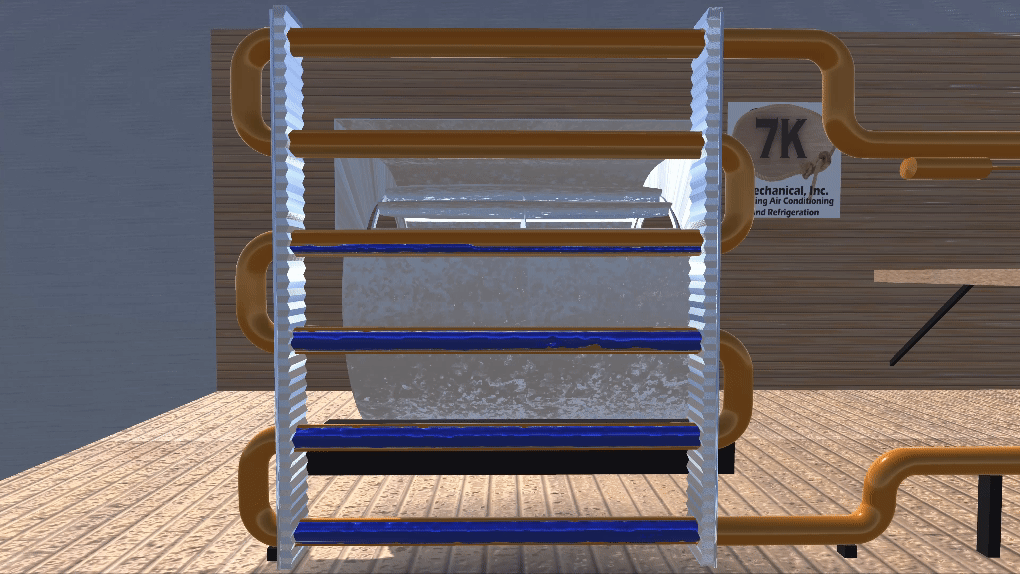
The Continuous Cycle
So, how does this process keep your room consistently cool? The air conditioner continuously repeats this cycle of transforming the refrigerant from a low-pressure, low-temperature gas to a high-pressure, high-temperature gas, and then back to a low-pressure, low-temperature gas. As a result:
- Heat is absorbed from your room by the evaporator, cooling the air inside.
- The compressor increases the pressure and temperature of the refrigerant.
- The condenser releases the heat outdoors, maintaining a comfortable temperature inside.
- The expansion valve reduces the refrigerant’s pressure and temperature, getting it ready for another round.
This cycle continues until your thermostat reaches the desired temperature, at which point the air conditioner switches off. When the temperature rises again, the cycle restarts to keep your room cool and comfortable.
Conclusion
In simple terms, an air conditioner works by using a special fluid called refrigerant to absorb heat from your room and release it outside. This continuous cycle of changing the refrigerant’s state from a low-pressure gas to a high-pressure liquid and back again is what keeps your home cool and comfortable on a hot day. So, the next time you enjoy a cool breeze from your air conditioner, you can appreciate the clever science behind it, all while staying comfortably cool!
